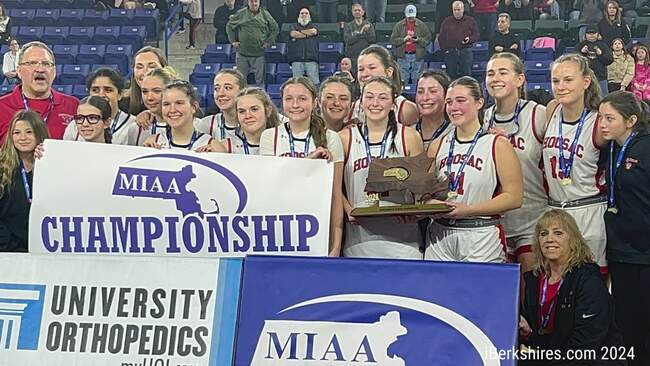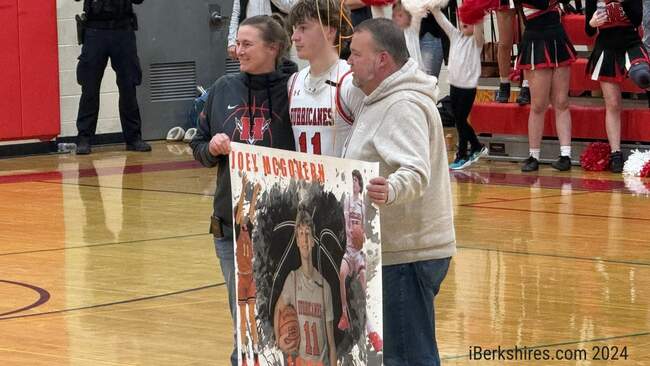Massachusetts Joins With Others To Boost Electric Vehicle Market
 Massachusetts is working with a coalition of states to promote the use of zero-emission vehicles to reduce greenhouse gases. Massachusetts is working with a coalition of states to promote the use of zero-emission vehicles to reduce greenhouse gases. |
PITTSFIELD, Mass. — It would require a significant change to transition away from gasoline to power vehicles. But, it is a change Gov. Deval Patrick believes can happen.
Massachusetts has joined with seven other states to launch a partnership to bring 3.3 million zero-emission vehicles into the market by 2025.
Through tax incentives, purchasing vehicles themselves and installing charging stations throughout the states, the coalition hopes to trigger growth in the electric vehicle market. Zero-emission vehicles include hybrids, batter electric and hydrogen-powered fuel cell electric cars.
"We have to take efforts at the early stages because we are looking at a big transformation," said Mary Nichols, chairman of the California Air Resources Board, in a Thursday afternoon conference call.
Each state — California, Connecticut, Maryland, Massachusetts, New York, Oregon, Rhode Island and Vermont — has crafted its own plans on how to boost the market. And they are sharing information among each other to help implement more programs. The 3.3 million vehicles is a goal they've set and one they feel can and will be accomplished.
"That is a goal that we've arrived at based on what we believe we can do. It is a floor, not a ceiling," Nichols said.
In Massachusetts, Department of Environmental Protection's Director of Transportation Christine Kirby says $2.5 million is already set aside for incentive programs for cities and colleges to purchase electric vehicles. Further, a new consumer rebate has been announced to provide up to $2,500 to purchasers of ZEV vehicles.
"We have invested quite a bit of money in charging stations as well," Kirby said, with the state setting aside funding to build 15 charging stations.
The states bordering Massachusetts are involved in the agreement — with the exception of New Hampshire — so Kirby added that there will be a strategic focus on coordinating charging stations.
Deborah Markowitz, secretary of the Vermont Agency of Natural Resources, said the switch to electric is a "win, win, win" because in the long run not only will it save money but it will also help the state reach its goal of cutting greenhouse gases in half by 2028 and by 75 percent in 2050. Vermont has been falling short of the needed pace to hit those marks.
"Nearly half of our greenhouse gases are coming from the transportation sector," Markowitz said.
|
The multistate plan for putting 3.3 million ZEVs on the road by 2025 can be read here. |
 |
But, she added, "we recognize that we, the states, cannot accomplish these goals alone. We need the auto dealers to step up to the plate."
Nichols said the multistate focus will help drive the market while making the vehicles affordable. The question isn't so much about the vehicles themselves, she said, calling them "excellent." It is the access to charging.
"The challenge and the opportunity here is to work with the fuel supply, getting the stations out and getting the fuel available, and getting it priced in a way that makes sense," she said, later adding, "we are competing with a 100-year-old (gasoline) infrastructure."
Nichols, when asked, said the electric grid has enough capacity to support the switch in fueling methods.
Connecticut Department of Energy and Environmental Protection Commissioner Robert Klee added that for his state, the demand for more fuel cells will help grow what is becoming an important industry sector there.
Each of the eight states will develop its own plans to contribute to the goal. The promotional aspects include removing barriers to ZEV sales and usage; standardizing signage; investing in infrastructure and public fleets; encouraging private usage and workplace charging; and promoting compatibility between vehicles and charging stations.
"The states are different. The size of our agencies and budgets are very diverse. You can't expect Vermont to do everything California can do in terms of their financial commitments," Nichols said.
Meanwhile, together they will be working with nonprofit organizations, the auto dealers and makers and sharing information with other states to promote the "clean energy economy."
"It is a big tent that we are creating. But I think it demonstrates the commitment the states have," Nichols said.
Tags: alternative energy, electricity, green technology, greenhouse gases, ZEV,















